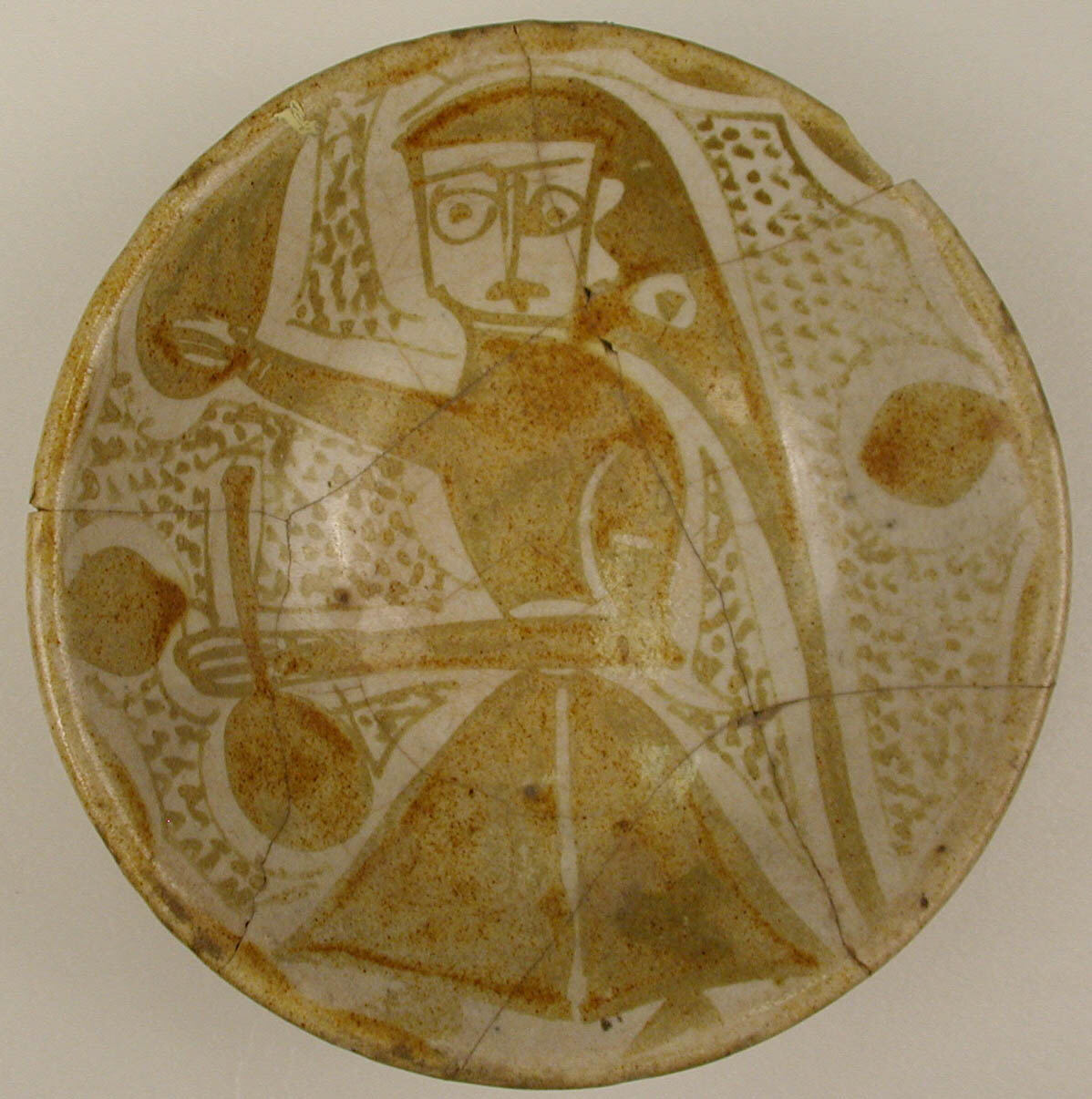Create an Amazon Wedding Registry

Try Amazon Audible Premium Plus and Get Up to Two Free Audiobooks
ʿAbbāsid Luster Bowl excavated at Tepe Madrasa in Nishapur, 10th Century.
Metropolitan Museum of Art, New York, 40.170.27.

A larger image of this ʿAbbāsid Luster Bowl excavated at Tepe Madrasa in Nishapur, 10th Century. Metropolitan Museum of Art, New York, 40.170.27.
Title: Imported Luster Bowl
Date: 10th century
Geography: Made in Iraq. Excavated in Iran, Nishapur
Medium: Earthenware; luster-painted on an opaque white glaze
Dimensions: H. 1 1/2 in. (3.8 cm)
Diam. 4 5/8 in. (11.8 cm)
Classification: Ceramics
Credit Line: Rogers Fund, 1940
Accession Number: 40.170.27
Provenance: 1939, excavated at Tepe Madrasa in Nishapur, Iran by the Metropolitan Museum of Art's expedition; 1940, acquired by the Museum in the division of finds.
This luster ware bowl represents just one of the ceramic types from Iraq that was found in Nishapur.
Its true metallic sheen—derived from a technique not known to Nishapuri potters—confirms that it was made in Iraq, and its single color dates it to the tenth century.
Together with other examples, this bowl is evidence of the active trade between the two regions once Nishapur was incorporated into the Abbasid empire in the eighth century.
It does not appear that Nishapur ceramics were very popular in the west, though; they only seem to have traveled in the immediate vicinity of Samarqand, Herat, and Merv,
and perhaps to Kirman in southeastern Iran.
Source: Metropolitan Museum of Art, New York
Back to Abbasid Illustrations of Costume & Soldiers
Other 10th Century Illustrations of Costume & Soldiers

